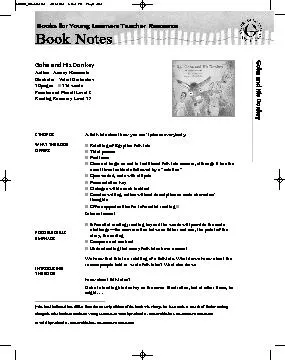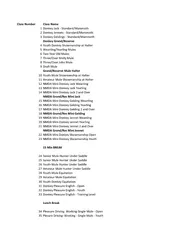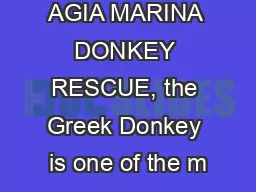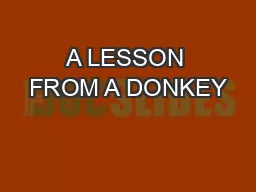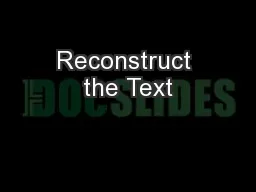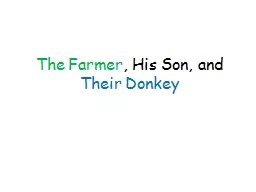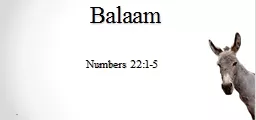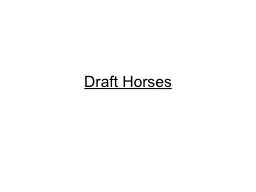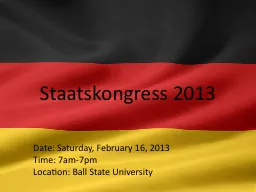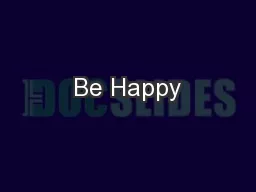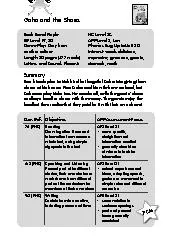PDF-Goha and His Donkey
Author : deena | Published Date : 2021-01-11
Author Amany Hassanein Illustrator Valeri Gorbachev 16 pages 114 words Fountas and Pinnell Level I Reading Recovery Level 13 SYNOPSIS WHAT THE BOOK OFFERS POSSIBLE
Presentation Embed Code
Download Presentation
Download Presentation The PPT/PDF document "Goha and His Donkey" is the property of its rightful owner. Permission is granted to download and print the materials on this website for personal, non-commercial use only, and to display it on your personal computer provided you do not modify the materials and that you retain all copyright notices contained in the materials. By downloading content from our website, you accept the terms of this agreement.
Goha and His Donkey: Transcript
Download Rules Of Document
"Goha and His Donkey"The content belongs to its owner. You may download and print it for personal use, without modification, and keep all copyright notices. By downloading, you agree to these terms.
Related Documents

